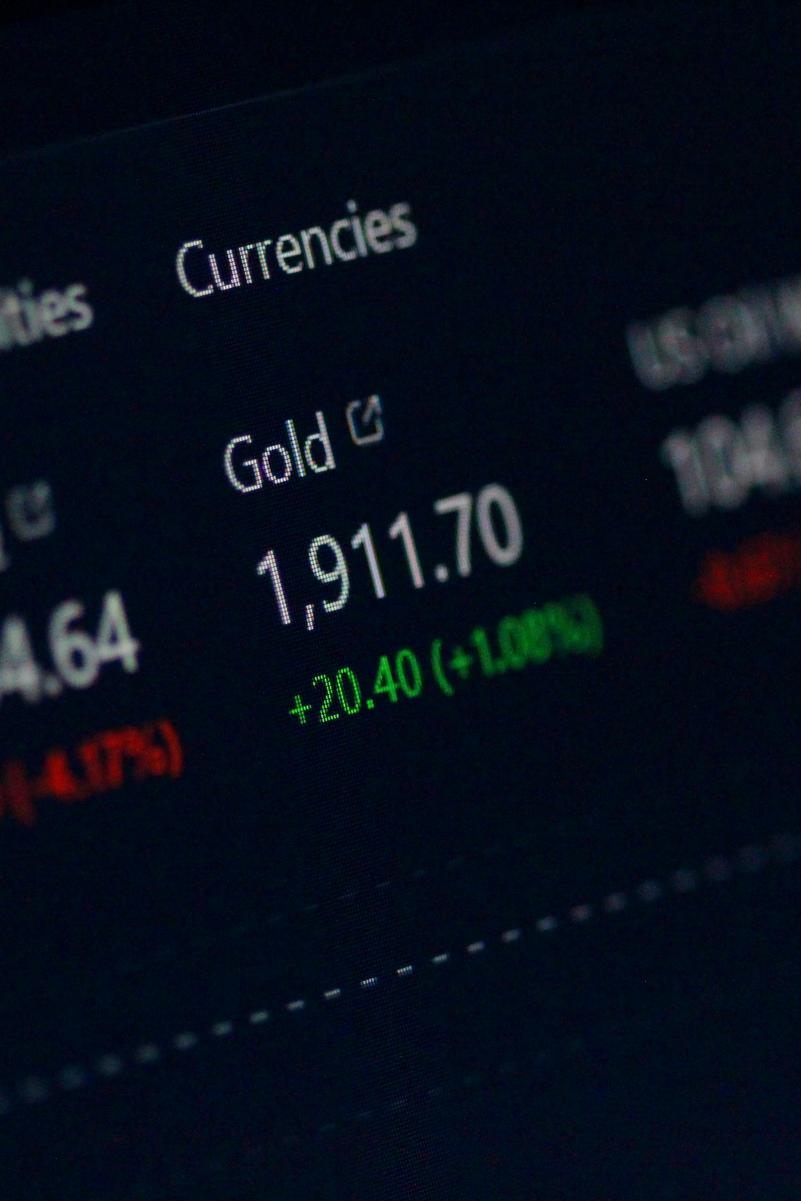In the turbulent wave of the financial market, gold has always been a lonely boat sailing steadily, bearing investors' expectations for wealth security, and the hedging mechanism behind it, like the delicate and complicated sail and compass, guides it through the storm.

The safe-haven property of gold stems from its own unique and stable value foundation. Since ancient times, it has been considered a symbol of wealth by people. Through years of accumulation and evolution, it has become a hard currency that is universally recognized across the globe. Different from legal tender such as paper money, its value does not depend on the credit endorsement of any country or region, nor is it influenced by the adjustment of monetary policy. When the global economy is mired in recession, market panic spreads, and the prices of various assets, such as stock market and bond market, fluctuate greatly or even plummet, gold can be immune to it and show strong resilience. Like a lighthouse in the dark night, it attracts investors' funds and becomes a solid barrier to preserve assets in turbulent times.
From the perspective of market supply and demand, the hedging mechanism of gold can also be traced. At the time of high risk aversion such as geopolitical conflicts and economic crisis, central banks and large institutional investors are the main force of gold demand. They increased their holdings of gold reserves on a large scale, aiming at optimizing their asset allocation and enhancing their ability to resist risks. Take Russia as an example. In the face of western economic sanctions and the international financial system squeezing its credit system, it continues to increase its holdings of gold, making its foreign exchange reserve structure more diversified, reducing its dependence on US dollar assets and building a security line for its own economy. On the supply side, gold mining is limited by many factors, such as natural mineral resources reserves, mining technology, geographical environment and so on, so it is difficult to increase the quantity on a large scale in a short period of time. This mismatch between supply and demand further pushes up the price of gold and strengthens its hedging property under the wave of risk aversion.

Moreover, the correlation between gold and various mainstream assets is extremely low or even negative, which also helps its hedging mechanism. In daily market fluctuations, the prices of stocks, bonds and other assets are often linked in the same direction. Once systemic risks are encountered, investors' portfolios may suffer a devastating blow. Gold is just like a "stabilizer" in the portfolio. When the stock market plummets due to sudden negative interest, the price of gold may rise against the trend, effectively balancing the overall profit and loss of the portfolio, reducing the volatility of the portfolio and providing a strong barrier for investors' wealth protection.
However, the hedging mechanism of gold is not flawless. In the period of moderate and controllable inflation and stable and orderly economic growth, its return on investment may not be as good as that of stocks, real estate and other assets. In addition, although the liquidity of the gold market is relatively sufficient, short-term liquidity tension may also occur when extreme hedging events break out.

In short, the hedging mechanism of gold is like a complex and solid castle in the financial world, which protects investors from the wind and rain by virtue of its unique value foundation, supply-demand relationship and strategic position in asset allocation. Despite some limitations, gold is still an indispensable safe-haven treasure in the hands of many investors at a time when the global financial market continues to change, always ready to meet the next unknown financial storm.







